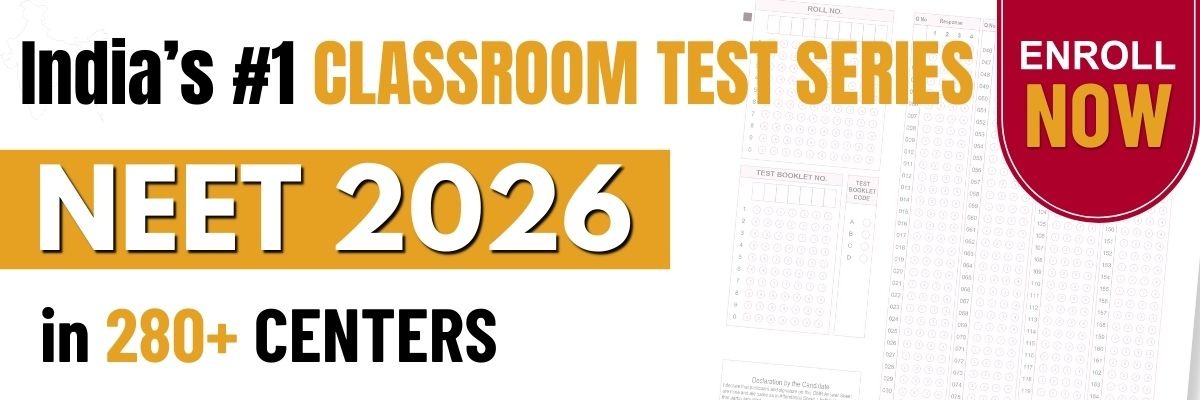Using recombinant DNA technology, genes from a donor cell can be implanted into a bacterium for DNA replication and protein synthesis. The kind of cell(s) that can be used as gene donors in this technology is/are:
1. Bacteria only
2. Either yeast or bacteria only
3. Eukaryotic cells only
4. Any kind of cell
2. Either yeast or bacteria only
3. Eukaryotic cells only
4. Any kind of cell
A gene carried by recombinant DNA is cloned when:
1. Its host bacterium divides by binary fission
2. It is transcribed
3. It is fragmented by restriction enzymes
4. It is hybridized
A piece of nucleic acid used to find a gene, by forming a hybrid with it, is called a
1. Probe
2. Vector
3. Restriction sequence
4. Retrovirus

To unlock all the explanations of 38 chapters you need to be enrolled in MasterClass Course.

To unlock all the explanations of 38 chapters you need to be enrolled in MasterClass Course.
In situ hybridization is used to :
| 1. | Remove mutations from a chromosome |
| 2. | Remove plasmids from a cell |
| 3. | Clone a gene |
| 4. | Locate a gene on a chromosome |
A bacterium adds methyl group to its DNA, by a process known as modification, in order to:
| 1. | Clone its DNA |
| 2. | Turn its genes on |
| 3. | Transcribe many genes simultaneously |
| 4. | Protect DNA from its own restriction enzymes |

To unlock all the explanations of 38 chapters you need to be enrolled in MasterClass Course.

To unlock all the explanations of 38 chapters you need to be enrolled in MasterClass Course.
A fragment of DNA, cut by a restriction enzyme, forms bonds with other DNA molecules that have
1. Been fragmented by the same restriction enzyme
2. Sticky ends
3. Plasmid component
4. Attached methyl group

To unlock all the explanations of 38 chapters you need to be enrolled in MasterClass Course.

To unlock all the explanations of 38 chapters you need to be enrolled in MasterClass Course.
Hybridization of mRNA with DNA can reveal which segment of the DNA are introns and which segment are exons. When the magnification is high enough to see the molecule, the introns appear as
1. Single stranded loops in a double stranded molecule
2. Separate fragments
3. Triple stranded nucleic acid molecules
4. Barr bodies
Which of the following primers would allow copying of the single-stranded DNA sequence 5' ATGCCTAGGTC?
| 1. | 5' TACGG | 2. | 5' CTGGA |
| 3. | 5' GACCT | 4. | 5' GGCAT |
DNA from a eukaryotic organism is digested with a restriction endonuclease and the resulting fragments are cloned into a plasmid vector. Bacteria transformed by these plasmids collectively contain all of the genes of the organism. This culture of bacteria is referred to as :
| 1. | restriction map | 2. | RFLP profile |
| 3. | F' factor | 4. | library |
Which of the following is not part of the normal process of cloning recombinant DNA in bacteria?
| 1. | restriction endonuclease digestion of cellular and plasmid DNAs. |
| 2. | production of recombinant DNA using DNA ligase and a mixture of digested cellular and plasmid DNAs. |
| 3. | separation of recombinant DNAs by electrophoresis using the Southern technique to determine where the desired recombinant migrates. |
| 4. | transformation of bacteria by the recombinant DNA plasmids and selection using ampicillin. |






